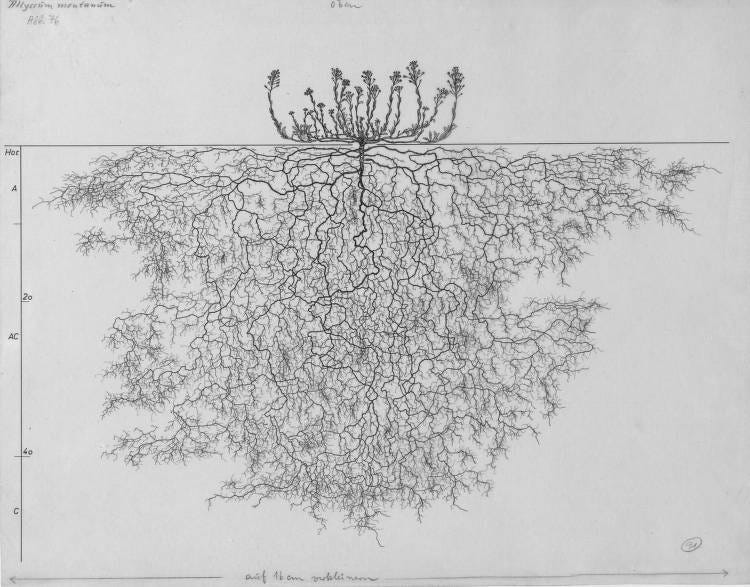How to think in writing

🌈 Abstract
The article discusses the thought process behind writing and how it can be used as a tool for refining and improving one's thinking. It explores the mental models and techniques that can be employed to make writing an effective means of developing and challenging one's ideas.
🙋 Q&A
[01] The Thought Behind the Thought
1. What is the key insight the author derives from the fact that writing down ideas makes them more precise and complete?
- The author argues that if writing down ideas always makes them more precise and complete, then someone who has never written about a topic does not have fully formed ideas about it. Similarly, someone who never writes has no fully formed ideas about anything nontrivial.
2. Why does the author say that not all writing helps one think?
- The author states that most kinds of writing are rather weak or even counterproductive in helping one think. One has to approach writing in the right way for it to be a powerful tool for thought.
3. How does the author describe the transition from fluid thinking to rigid ideas when writing?
- The author explains that when writing, he often starts in a fluid mode, feeling confident about what he is saying. But as soon as he stops, the thoughts solidify on the page, and he starts seeing cracks in his ideas that were not apparent in the fluid state of thinking.
4. What is the value of making definite positive claims when writing, even in areas where one has limited knowledge?
- The author argues that making clear and sharp claims reveals the state of one's knowledge, allowing for better feedback and improvement of thinking. Spelling out one's naive understanding gives others a good area to provide a richer model.
[02] Spreading the Frontline Until It Snaps
1. What is the purpose of "unfolding" a claim into an explanation?
- Unfolding a claim into an explanation spreads it on a "wider front," giving more targets for criticism. This allows the author to find flaws in their guesses, change their mind, refine their mental models, and improve their understanding.
2. How does the author suggest systematically probing one's conclusions?
- The author recommends unfolding a conclusion into a series of premises and assumptions, and then asking follow-up questions to further unfold and examine each premise. This helps surface hidden flaws and leads to a deeper understanding.
3. What are the two ways counterexamples can be useful?
- Counterexamples can either prove a premise wrong without changing the overall conclusion (a local counterexample), or undermine the entire conclusion (a global counterexample). Both types help improve the explanation and deepen the understanding.
4. How does the author describe the process of replacing a flawed mental model with a more subtle and deep one?
- The author states that finding a global counterexample that undermines the whole idea creates a "big hole of confusion" where the previous mental model stood. Replacing this with a more nuanced understanding that incorporates the critique is the topic of the next part of the essay.